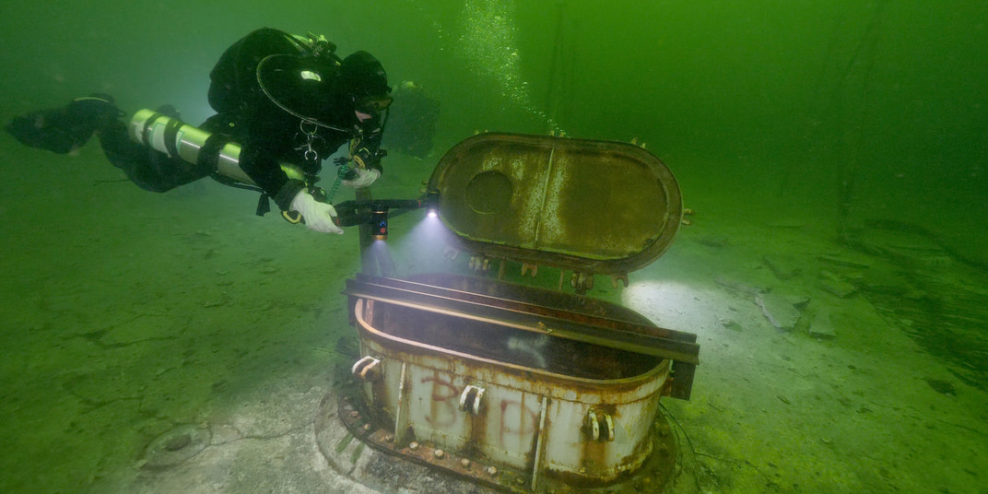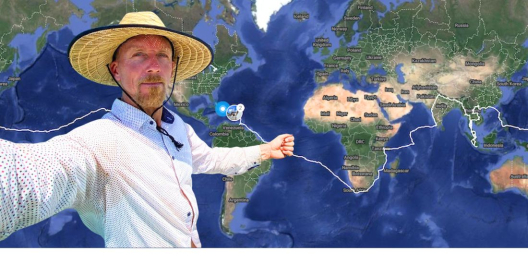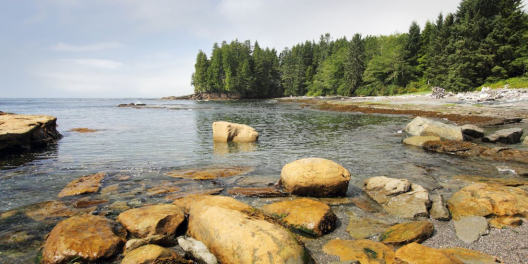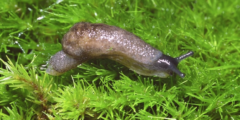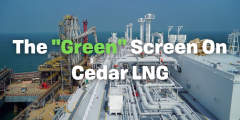Have you heard of an artificial reef?
It’s definitely the oldest way to “recycle” ships—but the process didn’t use to be intentional.
Now an organization is advocating for more ships to be reused… by sinking them.
Artificial reefs off the coasts of Campbell River and Powell River have gained attention as new habitats and solutions to recycling old ships.
We’ve all heard of the uproar that shipbreaking can cause in a community, and the environmental impacts that can come from it.
The Artificial Reef Society of British Columbia has an out-of-the-box solution to stop some boats from being broken.
They’ve already sustainably sunk 9 boats off of Vancouver Island, the Sunshine Coast and Lower Mainland.
“Our projects are being guided under very strict federal environmental regulations,” ARSBC vice president Rick Wall told Comox Valley Now. “Once we get our ship, we will clean it to meet environmental standards. We don’t just dump things into the ocean.”
Not only do the sunken ships create awesome fish habitats, but they also help bring in tourism.
The draw of exploring a shipwreck and coral reefs is huge for scuba divers, and they make ripe sites for tour groups.
Not every boat is suitable to become a reef, though.
The boats need to be over 30 metres long, be made of steel, ideally have a more complex structure, and have to be checked by an environmental inspector before they can be put in the ocean.
So how do they go about sinking a ship?
Certain holes are cut into the boat so it will take on water. The boats are strategically sunk in “underwater deserts” that have been damaged by human activity, like logging or other industry.
“The idea is to put it onto a sandy ocean floor and keep it upright as much as possible,” said Wall.
Communications director Kiersten Enemark told Comox Valley Now they undergo a rapid transformation once under the water.
“Just before it goes down, it’s a very bare-bones ship floating on the ocean,” said Enemark. “Yet, it’s ironic that once it does land in the ocean, it really does start its second life as a reef.”
“The ships become so vibrant and so beautiful and just teaming with life.”
From there, whole food chains are formed around the ship, which becomes home to countless marine species, from shrimp to octopus, rockfish, and lingcod.
Sinking the ship doesn’t completely erase the waste factor that comes with ship breaking.
Hydraulics, fuel, and other metals still need to be removed before it can take on its new purpose. But, ARSBC says the overall disposal of the boat still has a lower carbon footprint.
“We’re not looking at replacing shipbreaking. We’re looking at this being another option people can look at,” said Wall. “We don’t have to cut up the ship to its last pound of steel so that carbon footprint is in the cutting gases [and] transportation costs.”
They still feel it’s an ideal use for many boats, and are hoping to continue growing our coast’s underwater forests.
Learn more about the Artificial Reef Society and its future projects.

